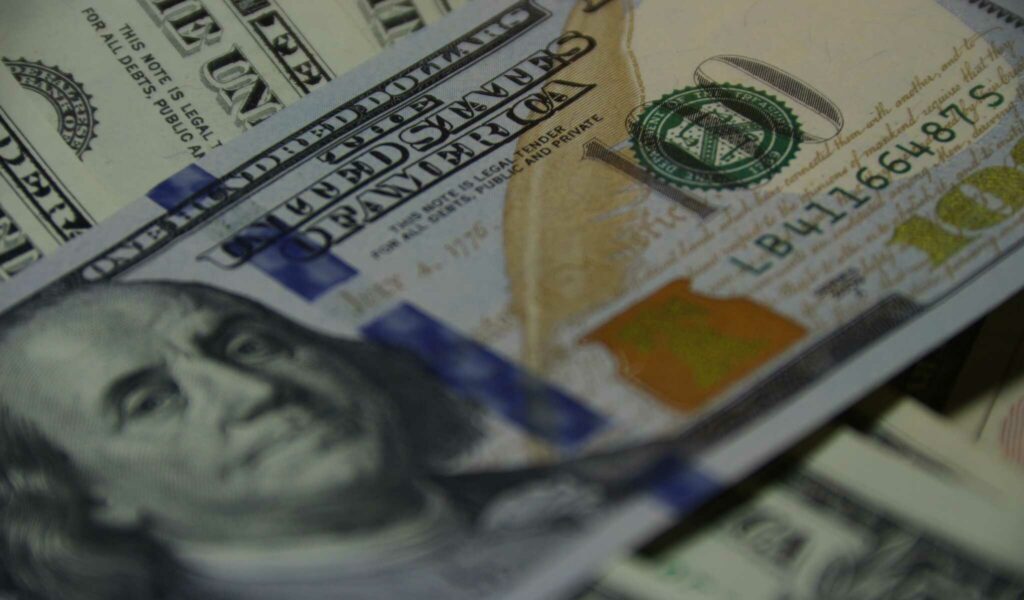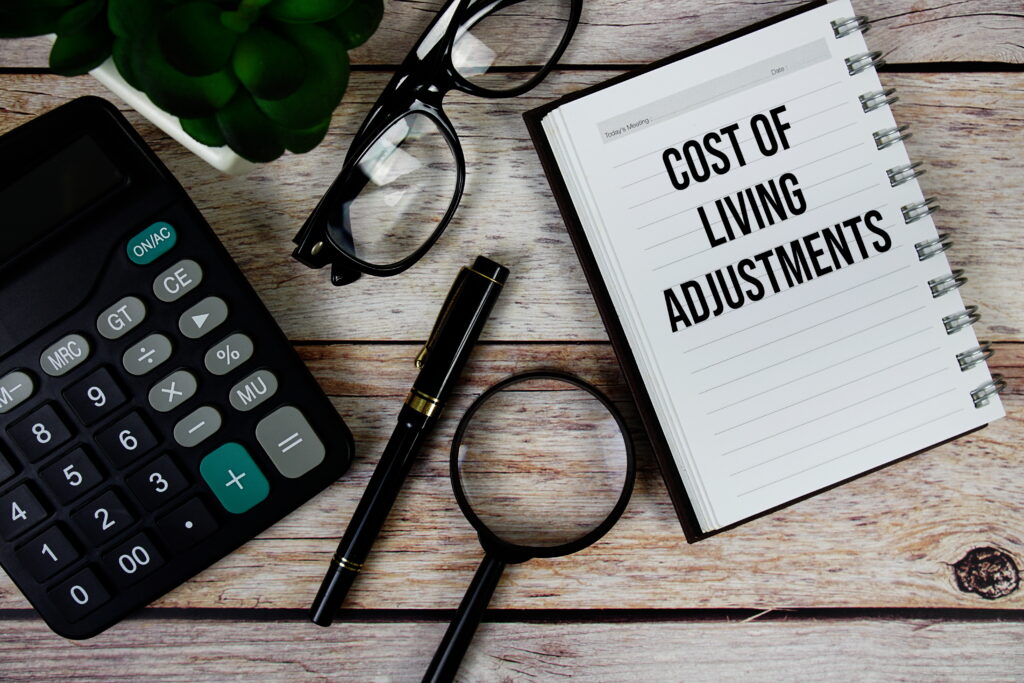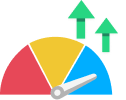Many of us eligible to receive a stimulus check are wondering when and how we will be getting this money. Eligibility is based on income calculated from our 2018 and 2019 tax returns, and if you earned $75,000 or less a year, you can expect a check for $1,200. People with children can expect to receive $500 per child in addition to the $1,200. Those who make over $75,000 but under $99,000 will be phased out and their bill amount can expect to decrease by $5 for every additional $100 in earned income.
You will get a stimulus check if you fit the criteria below:
- Have a Social Security number
- Have filed taxes in 2018 or 2019, or don’t earn enough to file but receive Social Security payments
- Earned less than $99,000 for single filers, $136,500 for heads of household, or $198,000 for married filers according to the most recent tax return filed
- Are not claimed by someone else as a dependent
Who will get their checks sooner?
The way people chose to file will play a huge factor in how quickly these payments will be distributed. Those who have provided their direct deposit information will see these deposits much sooner than those who have not. These checks can be expected as early as April 9th, and as late as September. The Treasury expects that 50 million to 70 million Americans will be seeing these payments paid through direct deposit by April 15th.
Sending out individual checks will take substantially longer for the government to allocate. Over $30 million dollars worth of checks are planning to get sent out. These checks will be sent out in segments, prioritizing those who fall into lower income brackets first. Individuals reporting $10,000 or less will be included in the first wave of checks, set to go out on April 24th. These will be followed by earners of $20,000 or less on May 1st, and $30,000 on May 8th. This process is expected to continue every seven days and go up in income increments of $10,000 each week. Those who fall into the higher wage brackets can expect to see their checks closer to August or September. This number is capped at a joint income of $198,000 under the stimulus.
If you did not choose direct deposit while filing taxes for 2018 or 2019
If you have not set up a direct deposit or did not have to file for 2018 or 2019, you can register your banking information through TurboTax. The IRS and TurboTax have teamed up to help get Americans their checks faster. Due to the high volume of recipients under the stimulus bill, it is preferred to send these payments electronically. The call to action is to sign up for direct deposit as soon as possible. If you have already filed your taxes electronically and provided your direct deposit information, there will be no further action needed.
If you have already filed taxes and set up your direct deposit information, you can track the status of your stimulus check on the IRS’s “Get My Payment” tool.










